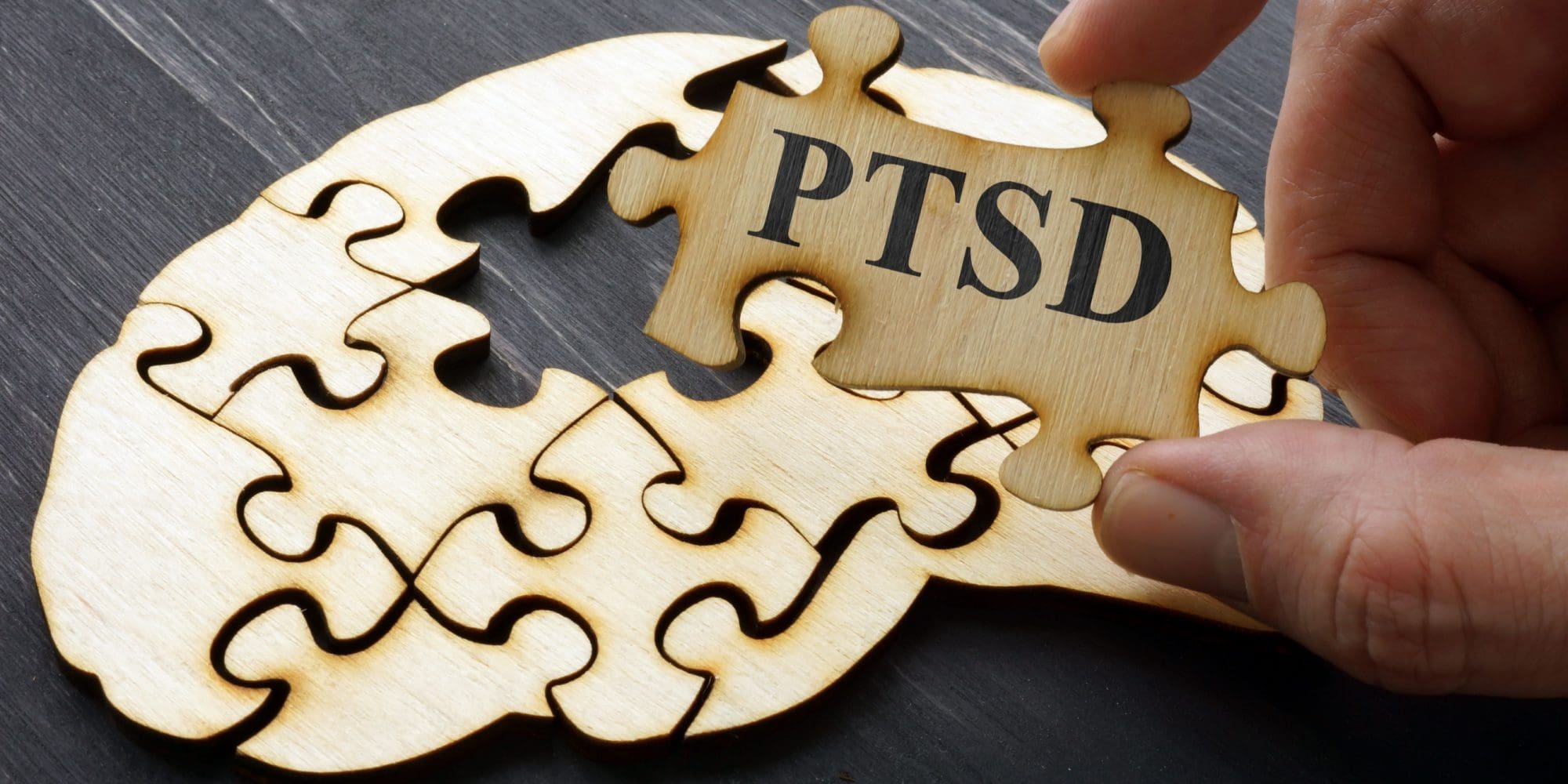Post-traumatic stress disorder (PTSD) is a mental health disorder that is often chronic and disabling. It can change the way you see yourself and others. Moreover, this disorder can make it hard for you to feel safe anywhere. Nearly six percent of people in the United States will experience symptoms of PTSD in their lifetimes. With that said, learning how to treat PTSD can help you regain control of your life with this disorder. With the help of local mental health professionals, you no longer have to live in fear.
What Causes PTSD?

Before you can learn how to treat PTSD, it’s essential to know how it’s caused. Post-traumatic stress disorder (PTSD) is an anxiety disorder that can affect someone who experiences or witnesses any type of traumatic event. This includes assault, sexual assault, a car accident, terrorist attack, or natural disaster. These are some of the most common examples but they can result from any situation that causes you to fear for your safety and leaves you emotionally scarred.
When you experience a stressful or traumatic event it’s normal to feel unlike yourself. You may feel numb or disconnected from your body and those around you. This is a result of having your sense of safety taken away. PTSD symptoms can last for days or weeks after the event but should lessen over time. However, for some people, the symptoms linger and impact their daily life months or years after the incident. In this case, your nervous system acts stuck and is unable to return to its natural state.
Everyone’s experience with trauma is unique, which is why it’s essential to find comprehensive treatment for PTSD. There are a variety of long-term PTSD treatments but they may not all work for you. Because of this, the professionals at Springbrook Behavioral Hospital work with each patient to identify the source of their symptoms so they can work toward recovery at their own pace.
Why You Should Get Treatment
Receiving early treatment can make it easier to overcome the obstacles created by your PTSD symptoms. Avoiding traumatic memories and the painful emotions they cause can make you feel better in the moment. However, these emotions won’t disappear because you choose to ignore them. Avoidance will make your symptoms worse and lead to additional health problems, making it more difficult to recover. But with the guidance of a mental health professional, you can overcome this battle by confronting and processing your past.
If you’re unsure if what you’re experiencing is PTSD, that can make it even harder to figure out how to treat PTSD. To help, we’ve compiled the most commonly treated PTSD symptoms:
- Relieving the traumatic event through flashbacks, intrusive thoughts, and nightmares
- Hyperarousal and hypervigilance
- Avoidance coping to keep yourself numb and detached from your trauma
- Negative thought and mood patterns
How to Treat PTSD in Adults

PTSD develops differently for everyone because of individual stress tolerances and responses to the trauma. While the onset of PTSD symptoms can develop within hours to days following the event, it’s not uncommon for it to take months or even years for them to begin. Moreover, these symptoms can be triggered by anything that reminds you of the traumatic event. They can even appear seemingly out of the blue. Therefore, there isn’t a simple answer when it comes to learning how to treat PTSD. Finding a combination of treatment methods and setting realistic goals for recovery is the most effective way for helping you overcome your trauma.
Psychotherapy Methods
Now that you know more about the causes of PTSD and why you should seek treatment for it, it’s time to learn more about how to treat PTSD. Post-traumatic stress disorder can be treated through a variety of methods but trauma-focused psychotherapy is one of the most effective. There are different types of therapy but they all include working alongside a mental health professional to ensure their safety during therapy sessions.
Some of the most common therapy types for PTSD recovery include:
- Cognitive behavioral therapy (CBT): Helps patients recognize how their thinking and behavior patterns contribute to feeling stuck. For example, negative beliefs about yourself and the fear of recurrence. This is often combined with exposure therapy.
- Exposure therapy: Helps patients face frightening situations and memories to better cope with them. This form of therapy can utilize virtual reality simulations to re-enter traumatic settings to help with flashbacks and nightmares.
- Eye movement desensitization and reprocessing (EMDR): Combines elements of exposure therapy with professionally guided eye movements. This helps to process traumatic events and alter how you react to them.
- Group therapy: Peer support can help individuals feel validated in their experiences and add accountability to their recovery journey.
It’s not uncommon for people with PTSD to self-medicate with drugs and alcohol. Individuals struggling with a substance use disorder may benefit the most from a dual diagnosis program. This type of program addresses complex symptoms related to your PTSD and substance use and then treats them simultaneously.
Whichever psychotherapy methods become part of your treatment plan, your care team at Springbrook Behavioral Hospital will ensure you get the help you need. These evidence-based treatment methods are designed to help patients return to their daily lives.
Medication Options for PTSD
In addition to psychotherapy, there are several types of medications that can help treat PTSD symptoms. When figuring out how to treat PTSD, you may benefit from a combination of one of the above psychotherapy techniques and medication.
One of the most common medication types for treating PTSD is a selective serotonin reuptake inhibitor (SSRI). SSRIs are a form of antidepressant, which help treat symptoms of depression commonly experienced by people with PTSD. SSRIs increase serotonin levels in the brain by improving mood, emotion, and sleep problems. In some cases, benzodiazepines are used for a short time to mitigate anxiety symptoms and insomnia.
Patients with comorbid disorders such as depression can struggle to begin with trauma-focused psychotherapy at the start of recovery. This can be due to a lack of motivation or other symptoms that can make it difficult to process traumatic memories. As a result, starting with another form type of talk or medication to mitigate these symptoms may be more beneficial.
All of these are effective treatments; it’s just a matter of finding what works best for you. You and your care team will work together to determine what types of medication are best for your situation. This includes finding one with the least amount of side effects while improving your symptoms. You may need to try a few before you find the right one or adjust your dosage or medication schedule for the best results.
How to Treat PTSD in Brooksville, Florida
Knowing how to treat PTSD is one of the first steps in your healing journey. From here, you can seek treatment and find the most effective methods for your recovery. Springbrook Behavioral Hospital provides comprehensive care to help you improve your mental wellness.

